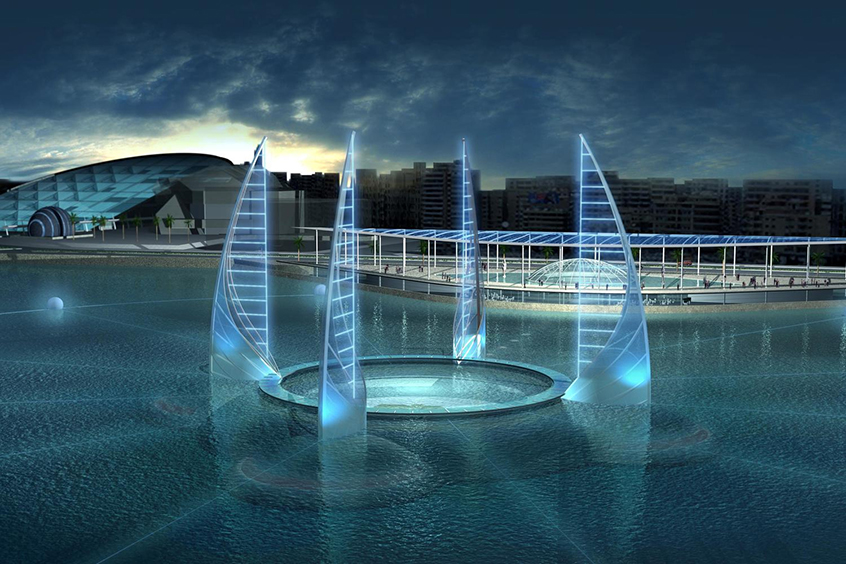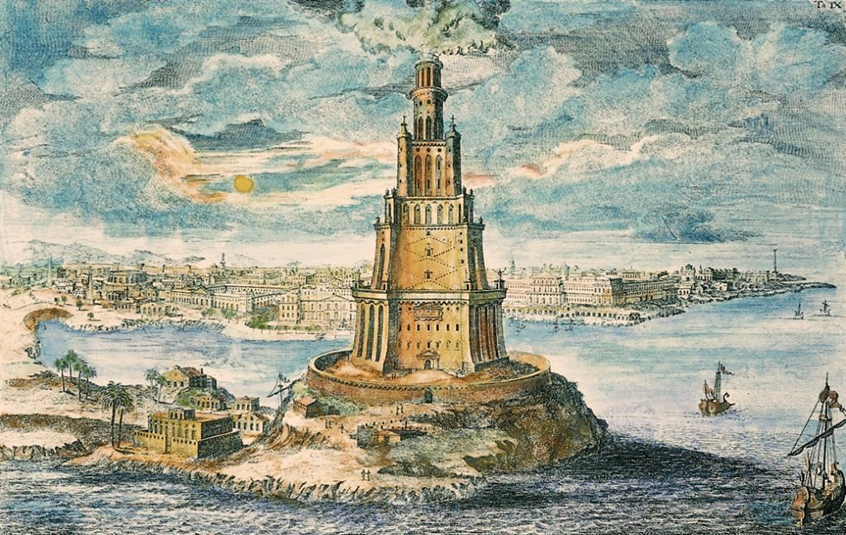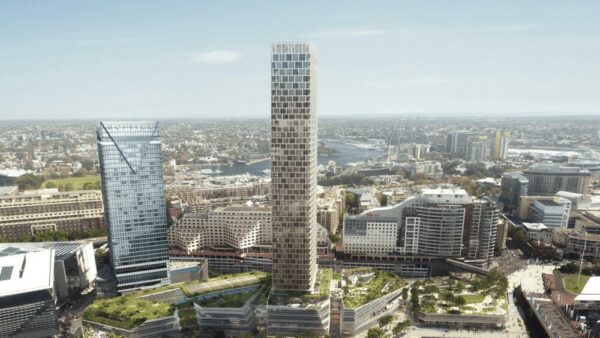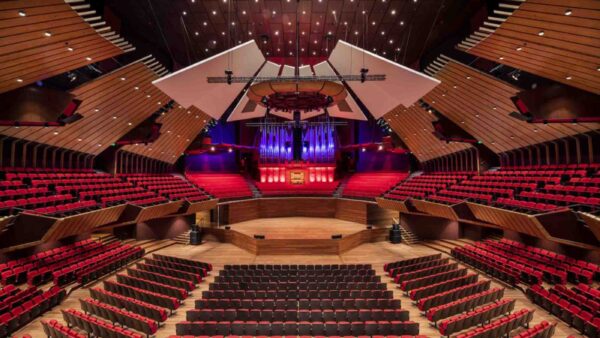Egypt is reviving plans to build the world’s first underwater museum in Alexandria to give visitors a close-up view of the submerged remains of fabulous antiquities, including the Pharos lighthouse and the palace of Alexander where Cleopatra VII was delivered to Julius Caesar in a carpet.Â
The decision was announced last month by Mamdouh al-Damaty, the minister of antiquities, who said the $150m scheme would go ahead more than 30 years after the remains were discovered, and seven years after work began on designing a museum.
A series of UNESCO surveys in the 1990s established that there were more than 2,500 pieces of stonework from the classical city scattered over 2.5 hectares on the shallow seabed of Alexandria Bay.
The relics include the lighthouse on the island of Pharos, built in the third century BC, and thought to have been as much as 137m tall. It and other structures were broken and submerged by a series of earthquakes starting in the early Middle Ages.
A feasibility study was launched in 2008 into building a structure to protect the antiquities from the polluted waters and from thieves, who were pilfering them to sell to private collectors.
A design for a museum was even drawn up by the French architect Jacques Rougerie that year. He proposed fibreglass tunnels to connect above-ground galleries near the New Library of Alexandria to the underwater facility, where antiquities would be visible in their final resting places.Â

The 2008 design for the museum, by French architect Jacques Rougerie (Nangua/Wikimedia Commons)
But plans to build the museum were delayed and then eclipsed by Egypt’s revolution that began in January 2011.
Now, however, in the atmosphere of feverish construction activity that has gripped Egypt since last year’s economic forum, the project is back on the agenda.
Youssef Khalifa, the chairman of the Central Administration of Lower Egypt Antiquities, told the Al-Monitor website: “The museum will reshape the Arab region, as it will be the first of its kind in the world. Undoubtedly it will revive tourism and boost the Egyptian economy after a long recession.”
He said the museum would consist of an above-water component for relics that have been recovered, and an underwater part taking visitors down to the shallow, 7m-deep bay floor.
“Visitors will be able to see the relics either by diving or walking inside underwater tunnels,” said Khalifa. “There will also be glass submarines taking tourists on a tour inside the museum.”

A depiction of the lighthouse by Austrian baroque architect Johann Bernhard Fischer von Erlach (Wikimedia Commons)
Mohammed Mustafa, head of the Ministry of Antiquities’ General Directorate of Sunken Antiquities, told Al-Monitor that this plan did not go ahead because the Egyptian government has not, until now, pushed the project forward.
He said: “The state has to have a real will to take necessary measures. All concerned parties ought to cooperate to complete the required studies, at the economic and social level. This work is not limited to the Ministry of Antiquities alone.
“Despite the huge cost of the project estimated at more than $150m, this will not be an obstacle for the completion of the project with the cooperation of UNESCO and other foreign funding countries as the museum will be open to visitors from around the world and not only to Egyptians.”
Top photograph: Columns from the famous Pharos lighthouse on the floor of Alexandria’s shallow bay (Roland Unger/Wikimedia Commons)






